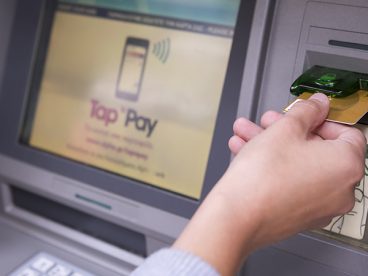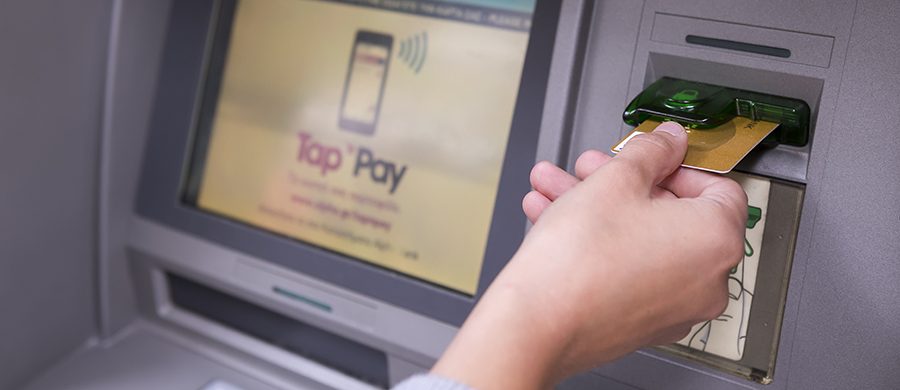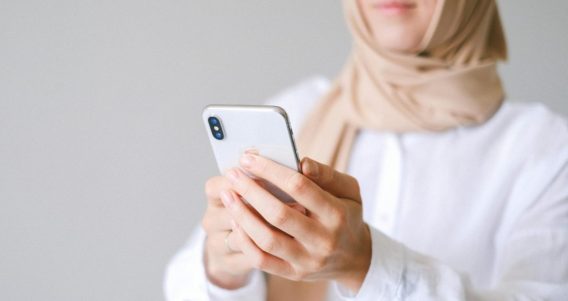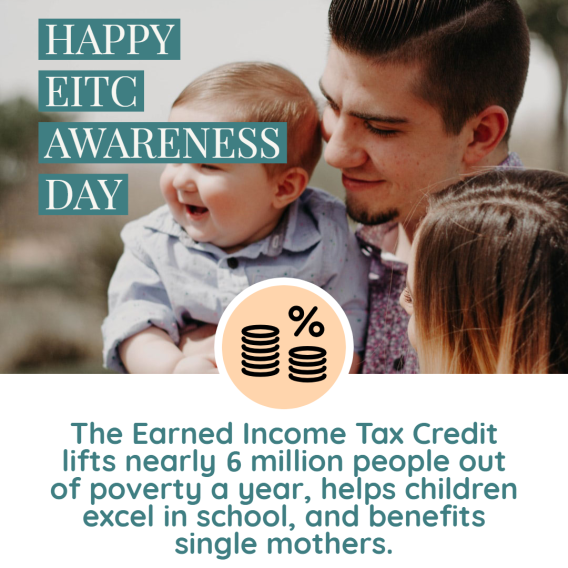By Jayanthi Ragubathi, 2017 Get It Back Campaign Intern
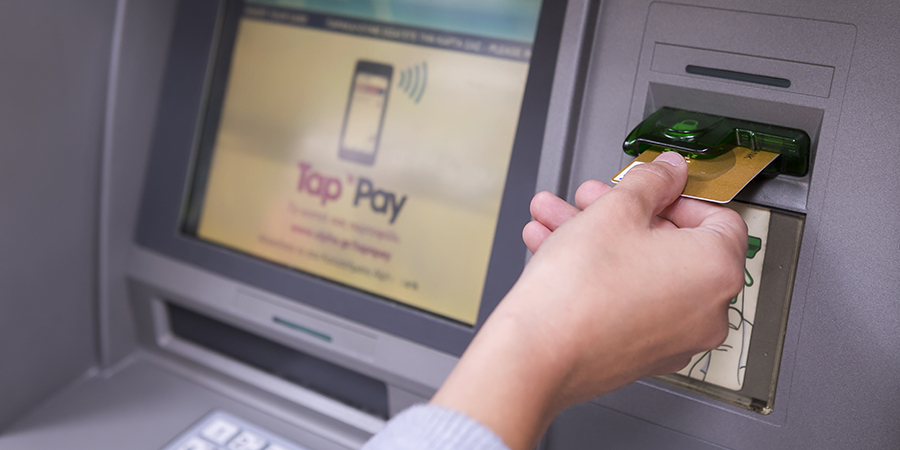
If you do not have a bank account, you may spend 10 percent of your income on services to get your money. Check cashing, payday loans, and pawn shops are costly and often have unfair terms. Having a bank account can help you to save – whether for emergencies or a house – while protecting your money.
Worried about opening an account? Don’t believe everything you’ve heard about banks. Three common banking myths are:
- Banks charge high fees. If you’ve had a bank account before, the fees might’ve been too high to maintain it. Fees vary, so check different banks. Some banks offer “lower-risk” accounts that are designed to help clients avoid additional charges. You can avoid overdraft and non-customer ATM fees by signing up for alerts about your account balance or getting an account that waives non-customer ATM fees. Many stores also offer cash back if you make purchases.
- Banks are untrustworthy. Banks are a safer option than payday loans or check cashing because the money you deposit is insured by the federal government. No matter what happens to the bank, you are guaranteed your money. Also, unlike alternative financial services, banks provide several options to track and safeguard your money.
- Everything is done online. Although most banks offer mobile and online banking, you can visit a local branch if you prefer banking in person. Talking to someone can also help you understand and get the most out of your account.
When you’re ready to open an account, finding the right one may seem daunting. Here are three tips to select an account:
- Identify your goals. Determine your long-term financial goals and your needs for everyday financial transactions. Long-term goals could be saving for a car or building your credit score. Everyday transactions include depositing/cashing checks or overdraft protection.
- Know your options. Products vary depending on the provider, so compare options before opening an account to get the best rates.
- Credit unions are a community-oriented alternative to large banks. Customers are members and get lower rates on credit cards and loans, and earn higher interest for checking and savings accounts compared to banks.
- Prepaid cards allow you to spend money you put on the card in advance. There are different types of cards, but basic features include purchases, ATM withdrawals, and direct deposit. Some cards charge for these transactions (in addition to monthly maintenance fees), so be sure to ask.
- myRA is a retirement savings account offered by the United States Department of the Treasury. There are no fees, taxes, or risk of losing your money.
- Mobile banking provides quick, immediate online access to your account. Use your phone to check your balance, pay bills, or transfer money.
- Ask questions. Make sure you understand your account and your responsibilities when you use it. Ask:
- Do you offer products for people with low- to moderate-incomes? (Some banks have products but don’t promote them)
- Is there a monthly maintenance fee? Is there a minimum monthly balance?
- Do you offer overdraft protection?
- Does the account include free online and mobile banking?
Once you open an account, maintenance is key. To help manage your account:
- Monitor your balance and payments. Sign-up for email or text alerts and check your balance regularly online or by phone. Deposits may not be available immediately and payments can be processed quickly. Double-check that you have enough money before making a payment. Also, review your statement every month to check that the charges are correct.
- Pay attention to fees. Some banks charge fees for having an account, over-drafting, or getting extra account security. Services like money orders or transfers may also have fees. While these will probably be less than fees at other places, ask about all fees upfront.
- Use your bank’s ATM. Using an out-of-network ATM can be costly. Your bank may charge you a fee in addition to what the ATM owner charges. Avoid this by finding your bank’s ATMs using a locator, usually found on the website or app.
Resources
- Definitions of common financial terms
Consumer Financial Protection Bureau
Federal agency dedicated to protecting consumers from unfair and abusive practices and companies.
- Selecting a Lower-Risk Account Guide
- Managing Your Checking Account Guide
- Checking Account Denials Guide
Bank On
Coalition that works to improve the financial stability of unbanked families
- Bank Account Features – recommended features and guidance for account safety, affordability, and functionality
- Bank On Certified Accounts – click on your state for a list of bank accounts that meet national standards

